Beauty SEO Case Study
From Quiet to ~4,000 Daily Impressions
From near-zero to ~4K daily impressions for a laser spa (Nov ’24 → Jun ’25)


-
Client
U.S. beauty studio (laser hair removal) -
Scope
Full-stack SEO (technical, on-page, content, local) -
Window
Nov 2024 → Jun 2025 (16-month GSC view)
From Quiet to ~4,000 Daily Impressions: an Anonymized Beauty SEO Case
In November 2024, a U.S. beauty studio came to us with a familiar problem: great services, loyal clients, and a website that barely showed up in search. Google Search Console showed fewer than 200 impressions a day and only a handful of clicks. The site wasn’t discoverable for the questions real prospects ask before booking laser and aesthetic treatments.
Our goal was simple: make the site easy for Google to crawl, clear for people to understand, and ready to convert. Over the following months—through June 2025—we rebuilt the foundation and shipped a full SEO program: technical fixes, on-page structure, a content engine, local SEO, and light PR.
Our goal was simple: make the site easy for Google to crawl, clear for people to understand, and ready to convert. Over the following months—through June 2025—we rebuilt the foundation and shipped a full SEO program: technical fixes, on-page structure, a content engine, local SEO, and light PR.
By summer, the picture flipped.
Visibility climbed to roughly 3–4K impressions per day, with about 460K impressions and 3.81K clicks across the 16-month GSC view. Average CTR hovered around 0.8% and average position around 38.8 across a very broad keyword set. The CTR looks modest out of context, but it’s exactly what we expect when Google starts quoting your answers inside AI Overviews: awareness skyrockets while some users get the info without clicking.
The first weeks were all about cleanup.
We fixed crawling and indexing issues, standardized canonicals and sitemaps, removed soft-404s, and tightened internal linking so no important page was orphaned. We treated performance like a conversion project—compressing images to AVIF/WebP, enabling font-display, deferring non-critical JS, and lazy-loading media—to bring Core Web Vitals up to par, especially on mobile.
Once the plumbing worked, we rebuilt the revenue pages. Each service page moved to an intent-first layout: the problem clients are solving, benefits and candidacy, contraindications, aftercare and risks, proof, and a clear CTA.
We added LocalBusiness, Service, and FAQ schema, kept NAP consistent, and made the mobile CTA obvious. We also wrote the comparison and objection content buyers search before they book—laser vs. waxing, candidacy by skin and hair type, pain expectations, and transparent pricing.
Once the plumbing worked, we rebuilt the revenue pages. Each service page moved to an intent-first layout: the problem clients are solving, benefits and candidacy, contraindications, aftercare and risks, proof, and a clear CTA.
We added LocalBusiness, Service, and FAQ schema, kept NAP consistent, and made the mobile CTA obvious. We also wrote the comparison and objection content buyers search before they book—laser vs. waxing, candidacy by skin and hair type, pain expectations, and transparent pricing.
Next, we built topical authority.
We launched a content calendar driven by People Also Ask data, seasonality, and real buyer anxieties. In the ramp-up phase we published two to three posts a week. Each post included quick Q&A blocks, a skim-friendly takeaway, and links back to pages that convert. We strengthened E-E-A-T with practitioner bios, aftercare guides, and citations to reputable medical sources.
Local signals received the same attention. We rebuilt Google Business Profile—categories, service lists, UTM-tagged links, fresh photos, and Q&A—and cleaned up citations and local mentions. We added service-area content without creating doorway pages.
A round of community features and lightweight digital PR gave us branded links to the homepage and key service hubs.
Local signals received the same attention. We rebuilt Google Business Profile—categories, service lists, UTM-tagged links, fresh photos, and Q&A—and cleaned up citations and local mentions. We added service-area content without creating doorway pages.
A round of community features and lightweight digital PR gave us branded links to the homepage and key service hubs.
By late spring, the curve bent upwards. Daily impressions moved from the low hundreds into the thousands, settling around three to four thousand per day by June. Total impressions reached roughly 460K with 3.81K clicks during the period. Around that point, Google started surfacing one of our long-form answers inside AI Overviews, which explained the jump in impressions and the compression in CTR.

We planned for that shift and followed with a CTR-lift phase.
We tested benefit-first titles and descriptions—leaning into pricing, pain-free messaging, and before/after proof. We added an “authority box” near the top of key posts (credentials plus a one-line CTA) and introduced jump links to Pricing, Candidacy, and Side effects to earn sitelinks.
We widened FAQ/HowTo schema coverage for secondary rich results and made CTAs sticky on mobile so high-intent readers didn’t need to hunt for a button. We also added “best near me” and comparison pages to attract higher-intent clicks outside AI Overviews.
We widened FAQ/HowTo schema coverage for secondary rich results and made CTAs sticky on mobile so high-intent readers didn’t need to hunt for a button. We also added “best near me” and comparison pages to attract higher-intent clicks outside AI Overviews.
Execution cadence mattered.
Weeks one and two cleared technical debt and set the architecture and schema baseline. Weeks three to six delivered rebuilt service pages, the live content calendar, and a full GBP overhaul. Weeks seven to twelve layered in content cadence and interlinking, local citations and mentions, and meta testing. From month four onward we focused on authority clusters, PR placements, and continuous experiments to lift CTR and conversion rate.
The takeaway for beauty brands is straightforward. Clean technical foundations let Google crawl and index you reliably. Authoritative content that answers real questions creates the surface area you need to be discovered. Local trust signals match how people actually choose clinics. And ongoing title/meta, UX, and CTA testing turns reach into booked appointments.
The takeaway for beauty brands is straightforward. Clean technical foundations let Google crawl and index you reliably. Authoritative content that answers real questions creates the surface area you need to be discovered. Local trust signals match how people actually choose clinics. And ongoing title/meta, UX, and CTA testing turns reach into booked appointments.
This studio went from quiet to roughly 3–4K daily impressions in months, gained massive free exposure through AI Overviews, and then used CTR-focused tactics to convert that attention.
If you want the same trajectory, we’ll audit your stack, prioritize quick wins, and start shipping in week one. If we don’t believe we can move the needle in 90 days, we’ll tell you upfront.
If you want the same trajectory, we’ll audit your stack, prioritize quick wins, and start shipping in week one. If we don’t believe we can move the needle in 90 days, we’ll tell you upfront.
Ready to Own Your Local Market?
Let’s turn your beauty brand into the go-to destination in your city. Fill out the form — we’ll review your business and send you a free growth plan.
By clicking the button you agree to our Privacy Policy